Detailed Introduction to Alfa Laval EPC-400 3183050104 Fuel Purification Control Unit
1. Product Description
The Alfa Laval EPC-400 3183050104 is a state-of-the-art electronic control unit (ECU) specifically engineered for Alfa Laval’s Mistral and Separator 2000 series fuel purifiers—critical equipment in marine, power generation, and industrial sectors for removing water, sludge, and particulate contaminants from diesel, heavy fuel oil (HFO), and marine gas oil (MGO). As the “intelligent core” of Alfa Laval’s fuel purification ecosystem, this control unit integrates advanced microprocessing technology with adaptive algorithms to automate separator operation, optimize purification efficiency, and ensure fuel quality compliance with international standards (e.g., ISO 8217 for marine fuels).
Distinguished from traditional mechanical control systems, the EPC-400 3183050104 resolves the industry challenge of balancing precision and reliability in dynamic fuel conditions. Its modular design supports seamless integration with Alfa Laval separators (e.g., MOPX 205, MOPX 315) and third-party vessel automation systems (e.g., Kongsberg K-Chief, Wärtsilä IAS), while its IP54-rated enclosure ensures durability in harsh marine environments—from saltwater corrosion to extreme temperature fluctuations. A key advantage is its real-time contaminant monitoring: via integrated sensors, it continuously tracks fuel water content (WOC) and sludge accumulation, triggering automatic sludge discharge cycles to prevent separator clogging and fuel system damage.
The unit also excels in energy efficiency: its adaptive control logic adjusts separator speed and discharge frequency based on fuel viscosity and contamination levels, reducing power consumption by up to 15% compared to fixed-cycle systems. Integrated diagnostic tools and remote monitoring capabilities (via Modbus RTU) further minimize downtime by enabling predictive maintenance—critical for marine vessels operating in remote offshore areas. Certified to marine standards (e.g., DNV GL, ABS, LR), it is a trusted component in both merchant ships and offshore platforms, ensuring compliance with strict environmental regulations (e.g., IMO MARPOL Annex VI) by preventing contaminated fuel-related emissions.
2. Product Technical Specifications
|
Specification Category
|
Details
|
|
Core Control Capabilities
|
– Primary Functions: Automatic separator speed control, sludge discharge cycle management, fuel water content (WOC) monitoring, viscosity compensation- Protection Features: High water level alarm, low oil pressure shutdown, separator overspeed protection, sensor fault detection- Control Modes: Auto (fully automated), Semi-auto (manual override for maintenance), Remote (integrated with vessel DCS)
|
|
Electrical Parameters
|
– Power Supply: 24 VDC (wide input range: 18-32 VDC) for marine/offshore compatibility- Power Consumption: Typical 15 W; Max 25 W (during sludge discharge cycles)- Fuse Rating: 2 A (slow-blow) for power input circuit
|
|
Input/Output (I/O) Interfaces
|
– Analog Inputs: 4 channels (12-bit resolution) for WOC sensor (0-5 VDC), fuel viscosity sensor (4-20 mA), separator speed sensor (pulse input, 0-10 kHz)- Analog Outputs: 2 channels (4-20 mA) for separator speed control, fuel inlet valve modulation- Digital I/O: 8 digital inputs (24 VDC) for separator status signals, emergency stop; 6 digital outputs (24 VDC, 1 A max) for sludge discharge valves, alarms- Communication: Modbus RTU (RS-485); optional Ethernet (Modbus TCP) for integration with vessel automation systems
|
|
Performance Metrics
|
– Speed Control Accuracy: ±1 RPM (for separators operating at 3000-7000 RPM)- Water Content Detection Range: 0.1%-10% (WOC), accuracy ±0.05%- Response Time: <500 ms to fuel quality deviations- Sludge Discharge Cycle Adjustment: 1-60 minutes (programmable based on contamination level)
|
|
Physical & Environmental
|
– Dimensions: 280 mm (W) × 180 mm (H) × 120 mm (D) (panel-mountable)- Weight: 2.8 kg- Operating Temperature: -20°C to +60°C- Storage Temperature: -40°C to +85°C- Humidity: 5%-95% RH (non-condensing)- Protection Rating: IP54 (IEC 60529) for dust and water spray resistance- Vibration Resistance: IEC 60068-2-6 (10-500 Hz, 5 g peak acceleration)
|
|
Reliability & Compliance
|
– Certifications: DNV GL, ABS, LR, BV, CCS marine type approval; CE (EMC compliance)- Mean Time Between Failures (MTBF): >60,000 hours (per IEC 61709)- Fault Logging: 200-event memory with timestamp (water level alarms, sensor faults, shutdown events)
|
3. Usage Instructions
3.1 Installation & Setup
- Pre-Installation Checks
-
- Verify compatibility with the target Alfa Laval separator model (e.g., confirm separator speed range matches EPC-400’s control capability); cross-check part number 3183050104 with the separator’s technical data sheet.
-
- Inspect the control unit for shipping damage (e.g., cracked enclosure, bent connector pins) and ensure all labeling (voltage rating, serial number, certification marks) is intact.
-
- Prepare tools: torque screwdriver (0.5-1.2 N·m), ESD wristband, shielded sensor cables (22 AWG for analog signals), and Alfa Laval-approved wiring harness (part no. 3183050201).
- Mechanical Mounting
-
- Location: Install in the vessel’s control room or separator local panel, ensuring minimum 50 mm clearance for ventilation and accessibility to front-panel buttons. Avoid mounting near heat sources (e.g., exhaust pipes) or direct water spray.
-
- Securing: Fasten the unit to the panel using four M4 × 8 mm screws torqued to 0.8 N·m; use the provided gasket to enhance dust/water protection.
- Wiring Connections
-
- Power Wiring: Connect 24 VDC (positive to terminal TB1-1, ground to TB1-2); install a 2 A inline fuse in the positive line (per marine electrical standards).
-
- Sensor Wiring:
-
-
- Water Content (WOC) sensor: Connect signal wire to TB2-1 (0-5 VDC), ground to TB2-2; use twisted-pair shielded cable, ground shield at sensor end.
-
-
-
- Separator speed sensor (magnetic pickup): Connect pulse signal to TB2-3, ground to TB2-4; ensure cable length <10 meters to avoid signal degradation.
-
-
-
- Viscosity sensor: Connect 4-20 mA signal to TB2-5 (+), TB2-6 (-); use 2-core shielded cable.
-
-
- Actuator Wiring:
-
-
- Separator speed controller: Connect 4-20 mA output (TB3-1/+ to TB3-2/-) to the separator’s variable frequency drive (VFD).
-
-
-
- Sludge discharge valves: Wire solenoid coils to digital outputs DO1 (TB4-1) and DO2 (TB4-2); provide external 24 VDC power for valve operation.
-
-
- Communication Wiring: Connect RS-485 terminals (TB5-1: A, TB5-2: B) to the vessel’s automation system; terminate bus with 120 Ω resistor at the last device in the chain.
- Post-Installation Verification
-
- Power on the unit; check the front-panel “POWER” LED (green) illuminates. Verify no fault LEDs (red) activate within the first 30 seconds.
-
- Use a multimeter to confirm 24 VDC at power terminals and correct signal levels from sensors (e.g., 2.5 VDC from WOC sensor for 5% water content).
3.2 Configuration & Operation
- Initial Configuration via Alfa Laval Control Panel Software (ACPS)
-
- Software Setup: Install ACPS (v5.2 or higher) on a Windows laptop; connect the laptop to the EPC-400’s USB service port (front panel) using the provided USB-A to USB-B cable.
-
- Basic Parameter Loading:
-
-
- Select the separator model (e.g., “MOPX 205”) from the ACPS device library; upload the default configuration file for the target fuel type (HFO/MGO).
-
-
-
- Set critical parameters: separator rated speed (e.g., 6000 RPM), maximum water content limit (e.g., 1.5% for HFO), sludge discharge interval (default: 15 minutes).
-
-
- Sensor Calibration:
-
-
- Perform WOC sensor calibration using a known water-fuel mixture (e.g., 0.5% water content = 0.25 VDC signal); adjust calibration offsets in ACPS to ensure accuracy.
-
-
-
- Verify speed sensor calibration by comparing ACPS-displayed speed with a handheld tachometer (deviation ≤1 RPM).
-
- Normal Operation
-
- Auto Mode Activation: Press the “AUTO” button on the front panel; the unit will automatically start the separator, monitor fuel quality, and trigger sludge discharge when water content exceeds the set limit or at the programmed interval.
-
- Local Monitoring: Use the 2-line LCD display to track real-time data: separator speed, fuel water content, time since last discharge, and active alarms.
-
- Remote Control: In vessel automation mode, the EPC-400 accepts start/stop commands and sends status data via Modbus RTU to the bridge control system. Operators can adjust discharge intervals remotely via the DCS.
-
- Alarm Response: If a “HIGH WATER CONTENT” alarm (red LED) activates, the unit will trigger an audible alert and automatically increase discharge frequency. Investigate fuel supply quality and replace fuel filters if needed before resetting the alarm via the “RESET” button.
- Maintenance & Troubleshooting
-
- Routine Maintenance:
-
-
- Monthly: Inspect wiring terminals for tightness (retorque to 0.5 N·m if loose); clean the front-panel display and vents with a dry cloth.
-
-
-
- Quarterly: Download fault logs via ACPS to analyze trends (e.g., frequent high water alarms may indicate a faulty WOC sensor); calibrate viscosity and WOC sensors.
-
-
- Common Faults:
-
-
- Separator Speed Mismatch: Check speed sensor wiring; verify VFD output voltage; recalibrate speed sensor via ACPS.
-
-
-
- No Sludge Discharge: Inspect discharge valve solenoid (test with external 24 VDC); check DO channel output in ACPS diagnostic mode.
-
-
-
- Communication Failure: Verify Modbus baud rate (default: 9600) and wiring; reset the unit by cycling power.
-
-
- Firmware Update: Annually update the EPC-400 firmware via ACPS (download latest version from Alfa Laval Marine Service Portal) to ensure compatibility with new separator models and enhance diagnostic features.
4. System Introduction
The Alfa Laval EPC-400 3183050104 is a central component of Alfa Laval’s Fuel Conditioning System (FCS)—a fully integrated ecosystem designed to optimize fuel quality, reduce maintenance costs, and ensure compliance with environmental regulations for marine and industrial applications. This system combines separators, heaters, filters, and control units to deliver clean, conditioned fuel to engines and turbines.
4.1 System Architecture
- Sensing Layer: Comprises WOC sensors, viscosity sensors, separator speed sensors, and pressure transducers that collect real-time fuel and separator data. Redundant WOC sensors are available for mission-critical applications (e.g., offshore supply vessels).
- Control Layer: The EPC-400 3183050104 processes sensor data, executes control algorithms (speed regulation, discharge cycle management), and sends commands to actuators (separator VFD, discharge valves, fuel heaters). It also coordinates with Alfa Laval’s fuel heater control unit (EHC-300) to adjust fuel temperature based on viscosity.
- Integration Layer: Enables data exchange with vessel automation systems (VAS) via Modbus RTU/TCP and Alfa Laval’s Cloud Service (ALCS) for remote monitoring. Fleet operators can access real-time fuel quality data, maintenance alerts, and performance reports via a web-based dashboard.
- Safety Layer: Embeds independent shutdown logic for critical faults (e.g., separator overspeed, high water content >5%); triggers engine fuel supply cutoff via a hardwired relay to prevent engine damage.
4.2 Key System Features
- Adaptive Purification: The EPC-400 adjusts discharge cycles based on real-time contamination levels—reducing water content to <0.1% for HFO and <0.05% for MGO, exceeding ISO 8217 standards.
- Energy Optimization: By matching separator speed to fuel viscosity, the system reduces power consumption by up to 20% compared to fixed-speed separators.
- Predictive Maintenance: ACPS software analyzes sensor drift and valve operation times to predict component failures (e.g., WOC sensor replacement due in 3 months), enabling planned maintenance during port calls.
- Environmental Compliance: Ensures fuel meets IMO MARPOL Annex VI sulfur limits by preventing contaminated fuel combustion, which reduces particulate emissions by up to 10%.
5. Recommended Related Models in the Same Series
For applications requiring specialized capabilities (e.g., high-capacity separators, hazardous area compliance), the following EPC-400 series and compatible models are recommended:
- Alfa Laval EPC-400 3183050105: Enhanced variant with dual Ethernet ports (Modbus TCP/IP and Profinet) for integration with industrial DCS systems (e.g., Siemens PCS 7). Ideal for power plants using Alfa Laval Separator 3000 series.
- Alfa Laval EPC-400 EX 3183050106: Explosion-proof model (ATEX Zone 2, IECEx) with intrinsic safety barriers. Designed for offshore platforms and chemical plants handling flammable fuels.
- Alfa Laval EPC-500 3183050201: Next-generation control unit with touchscreen HMI, 4G/LTE connectivity for remote cloud monitoring, and AI-based contamination prediction. Compatible with Alfa Laval’s latest Mistral X series separators.
- Alfa Laval EHC-300 3183050301: Fuel heater control unit, designed to work in tandem with EPC-400 3183050104. Automatically adjusts fuel temperature (up to 150°C) to optimize viscosity for separation, ideal for heavy fuel oil applications.



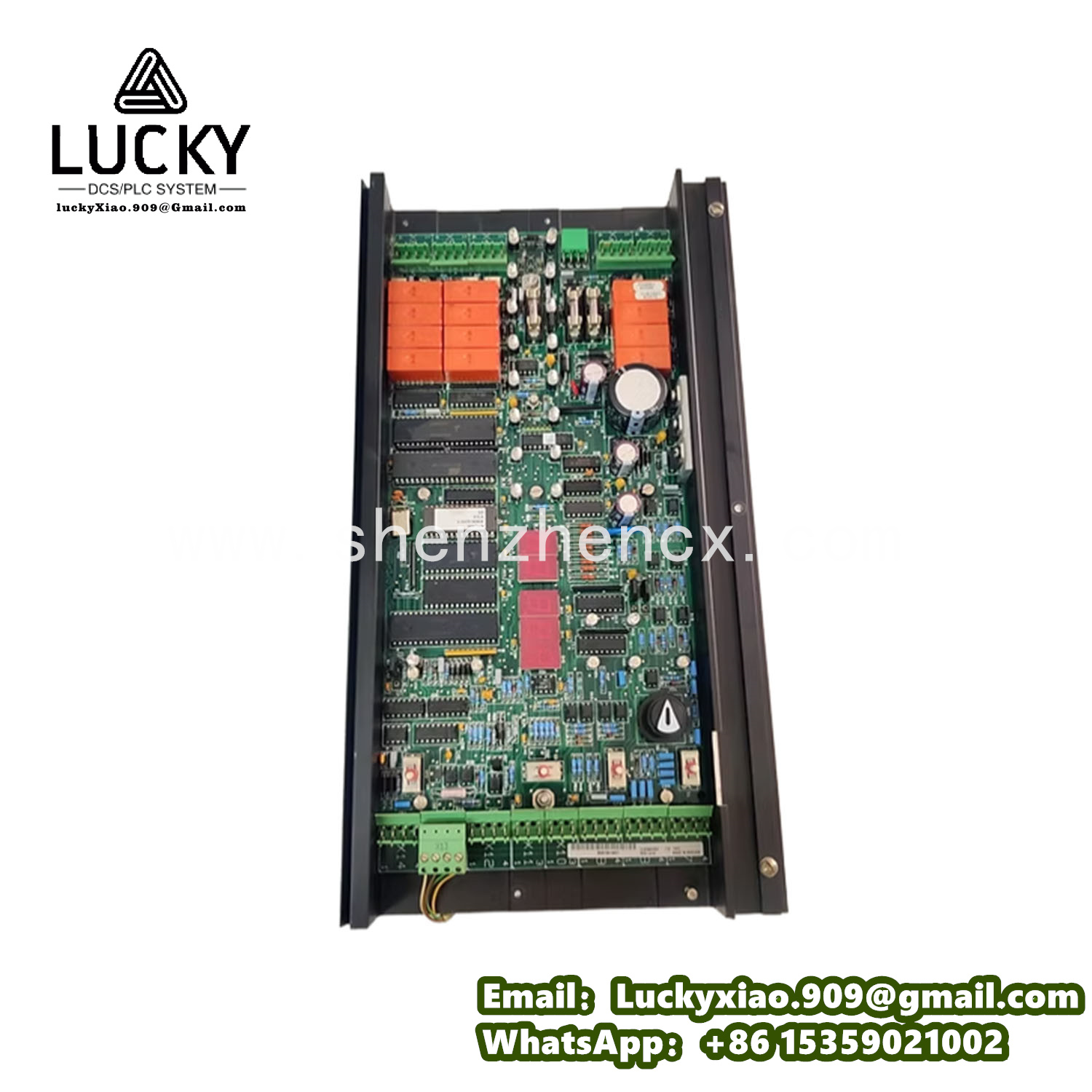
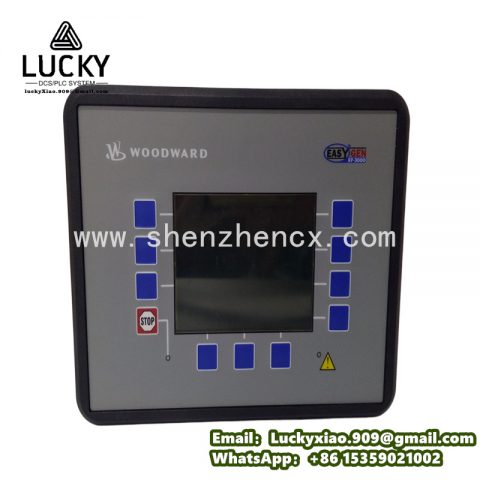
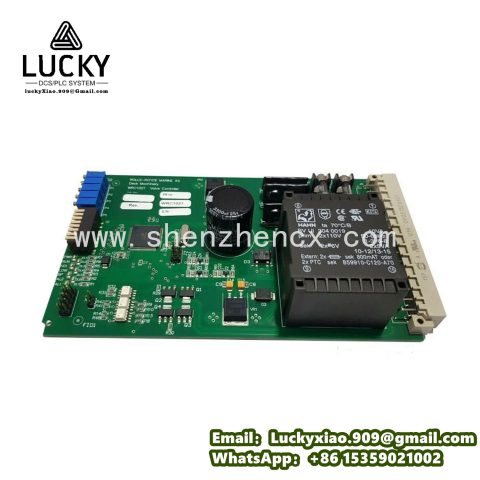
-480x480.jpg)
-480x480.png)
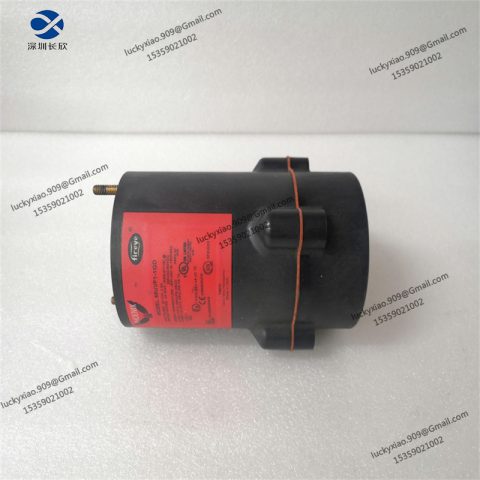
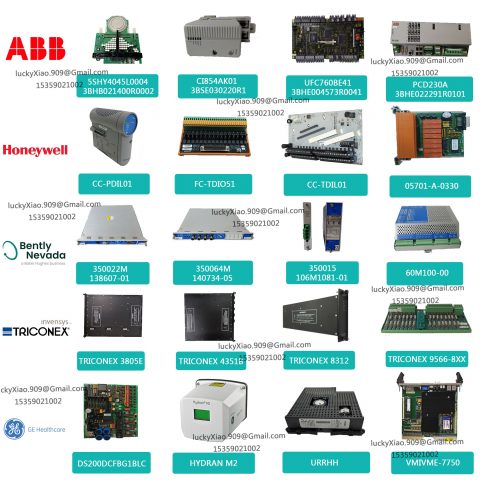
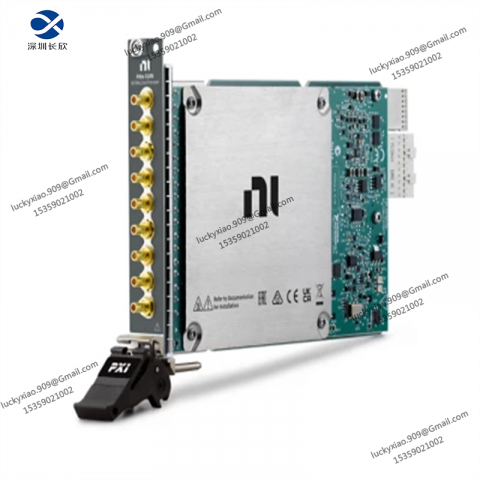
-480x480.jpg)
There are no reviews yet.